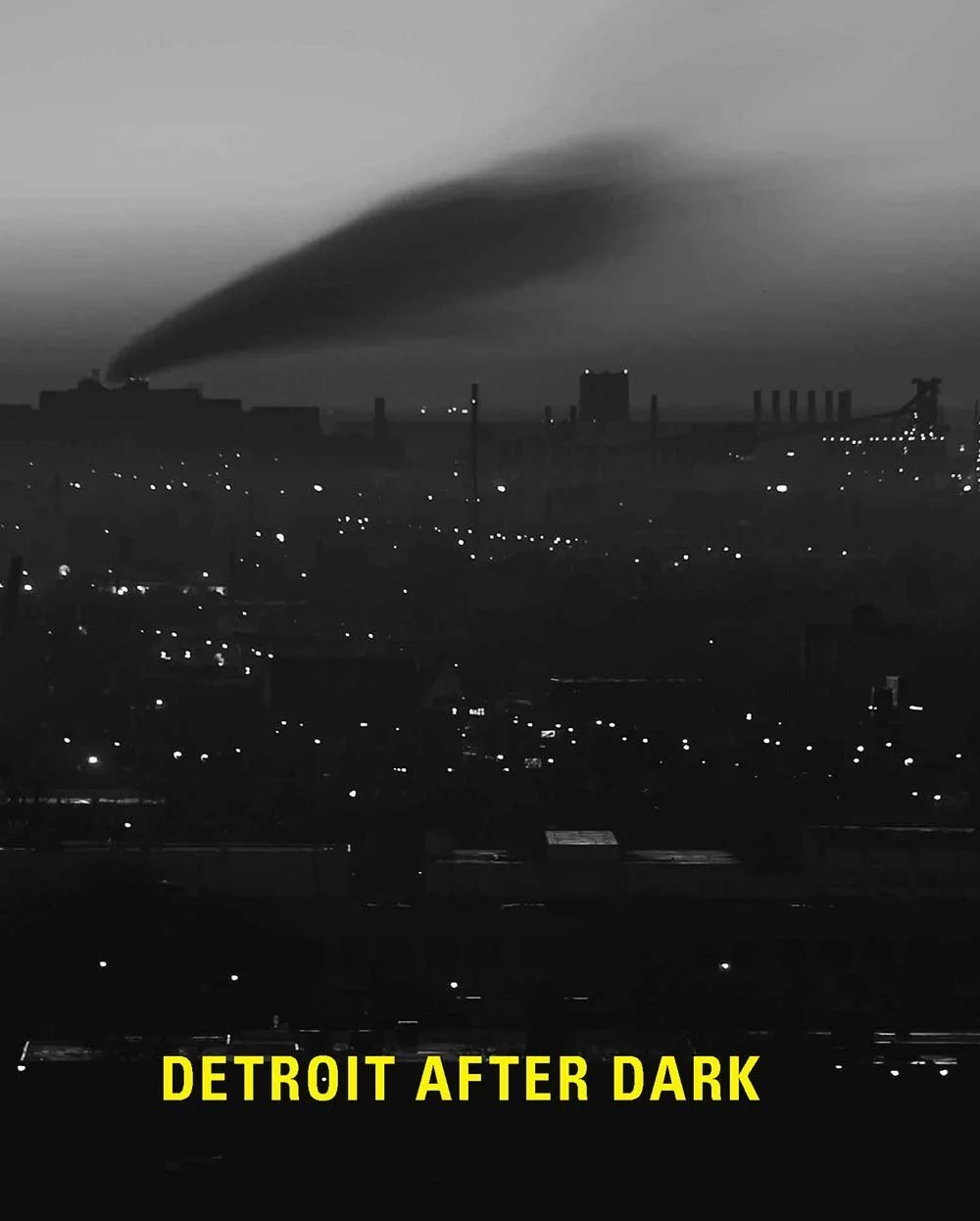Detroit After Dark: Photographs from the DIA collection
Exhibition: October 21, 2016-April, 23, 2017
Detroit After Dark is a dramatic display of light and dark, a photography exhibition of works from the DIA's permanent collection. Detroit After Dark is free with general museum admission. General museum admission is free for residents of Wayne, Oakland and Macomb counties.
DIA Curator of Photography Nancy Barr came up with the idea for the exhibition after seeing work by several photographers who were creating series inspired by the night and the Detroit-area music scene. "In 2011 the DIA received a large gift of black and white work by Russ Marshall, who had photographed Detroit, its auto workers, its architecture and city streets,” said Barr. “Russ also had a great love for music and took photos of Detroit jazz greats at Baker's Keyboard Lounge and the Vanity Ballroom in the 1980s and 1990s.”
At about the same time, the DIA acquired Scott Hocking's industrial skylines and otherworldly imagery from his "Detroit Nights" series and work by Ralph Jones, who photographed Detroit’s Carbon Arts collective during a nighttime foundry-pour performance.
“Ralph told me about Jon DeBoer, a young photographer who had developed a large body of night work,” said Barr. “The exhibition began to fall into place once I discovered his work, especially the architectural studies and city skylines—imagery of Detroit that the DIA did not have represented in its collection. The exhibition continued to grow from there.”
Excerpt from Michael H. Hodges article in The Detroit News:
“A lot of these images are awe-inspiring, full of the element of the sublime,” says Nancy Barr, curator of photography at the Detroit Institute of Arts. “And that’s really accentuated at night.” This 13-artist group exhibition ranges from elegant skyline shots to gritty images of nighttime streets and smoke-filled underground music clubs. You’ll probably recognize some famous photographic names, like Robert Frank, Leni Sinclair or Scott Hocking. But there are some marvelous surprises here, such as the elegant black-and-white architectural photography of Jon DeBoer. Barr says that DeBoer used to do a lot of his shooting in abandoned buildings, but recently turned to more classic urban vistas. “He got interested in nighttime photography in part because our public lighting was so spotty in areas,” she adds, “places where the light at a party store might be the only illumination.” His “Gotham Detroit,” however, is anything but a shot of a half-lit street, and uses the city’s abandonment to brilliant effect. This is a breathtaking picture of Detroit’s downtown all a-glitter, framed on one side by the elaborate, and very dark, architecture that crowns the completely empty Book Tower on Washington Boulevard.















